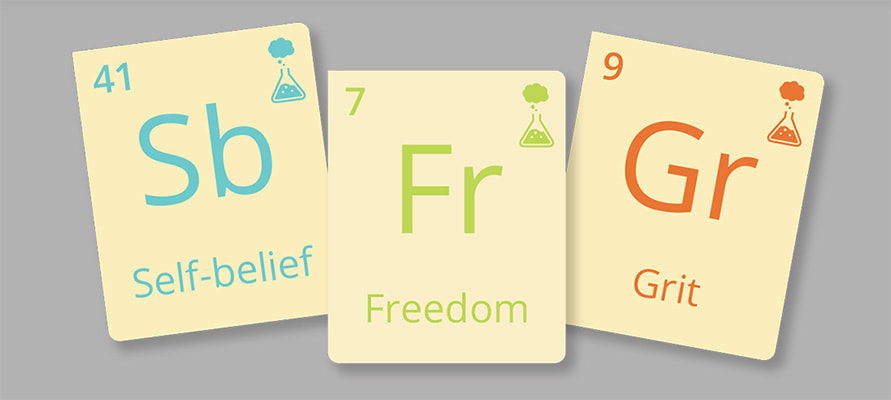We’re big fans of the Design Thinking methodology here at Now Go Create.
If you didn’t already know, design thinking is a human-centered approach to problem-solving and innovation that has gained widespread popularity in recent years. It involves a structured process of empathizing with the needs of the end-users, defining the problem, ideating potential solutions, prototyping and testing those solutions, and iterating based on feedback.
At its core, design thinking is about understanding the user’s perspective and developing solutions that meet their needs in a meaningful and impactful way. It encourages collaboration, experimentation, and creativity, and can be applied to a wide range of industries and contexts.
Whether you are looking to improve the customer experience, develop a new product or service, or solve a complex business problem, design thinking can help you approach the challenge with a fresh perspective and create innovative solutions that resonate with your audience.
Here we share some of the core principles and methods of design thinking and how you can apply them to your own work to drive success and innovation.
There are several creativity and design thinking tools that can help us be more empathetic in our approach to problem-solving and innovation. Here are a few examples:
- Empathy Mapping: We’ve written about this tool before – because it’s such a great way to step into someone else’s shoes and generate ideas. This tool helps us better understand our target audience by identifying their needs, desires, behaviors, and pain points. By creating an empathy map, we can visualize our audience’s perspective and gain a deeper understanding of their experiences and motivations.
- Persona Creation: Personas are fictional representations of our target audience that help us better understand their needs and behaviors. By creating personas, we can humanize our audience and develop a deeper sense of empathy for their perspectives and experiences.
- Customer Journey Mapping: This tool helps us understand the customer’s journey from initial awareness to final purchase or interaction. By mapping out the various touchpoints and interactions that customers have with our product or service, we can identify opportunities for improving the customer experience and developing more empathetic solutions.
An example of this that I really love is from Domino’s Pizza. In this longer article from Think With Google, they say:
“Domino’s customers once had two choices for ordering: calling a store or walking into one. Because customers have changed, we’ve changed—more in the last five years than in the last half century. There are now over 15 ways to order pizza from us—from sending a pizza emoji over social media to voice command on Google Home—personalising the experience for each individual customer and empowering them to order the way they want to.
Today, we ask ourselves: Are we a pizza company that uses technology, or a technology company that delivers pizza? The answer is probably both.
The big challenge we’re embracing next—the challenge all companies should be embracing—is continuing to deliver on mobile while also translating that seamless experience to the new technologies consumers are flocking to. Things like voice and AI are only going to make customers even more demanding.
If you’re staying one step ahead of the game, these questions should sound familiar to you. And the answers should always lead you back to the same place: A customer-centric approach that gives people a seamless experience on whichever platform they choose.”
4. Observation and Interviewing: Simply observing and talking to our target audience can help us gain a deeper understanding of their needs, behaviors, and experiences. By actively listening and engaging with our audience, we can develop a greater sense of empathy and identify opportunities for innovation.
5. Design Thinking Workshops: Design thinking workshops can be a valuable tool for fostering empathy and collaboration within teams. By engaging in collaborative exercises and activities, team members can gain a deeper understanding of each other’s perspectives and develop a shared sense of empathy for their target audience. We’ve written about free resources from Google and their process on how to run a Design sprint here.
These creativity and design thinking tools can help us be more empathetic by encouraging us to actively listen and engage with our audience, humanize our target audience, and develop a deeper understanding of their perspectives and experiences. By incorporating these tools into our creative processes, we can create more meaningful and impactful solutions that resonate with our audience and solve real-world problems.
If you’re interested in finding out how to apply these tools in your business or organisation get in touch with Founder Claire to discuss our creativity workshops.

